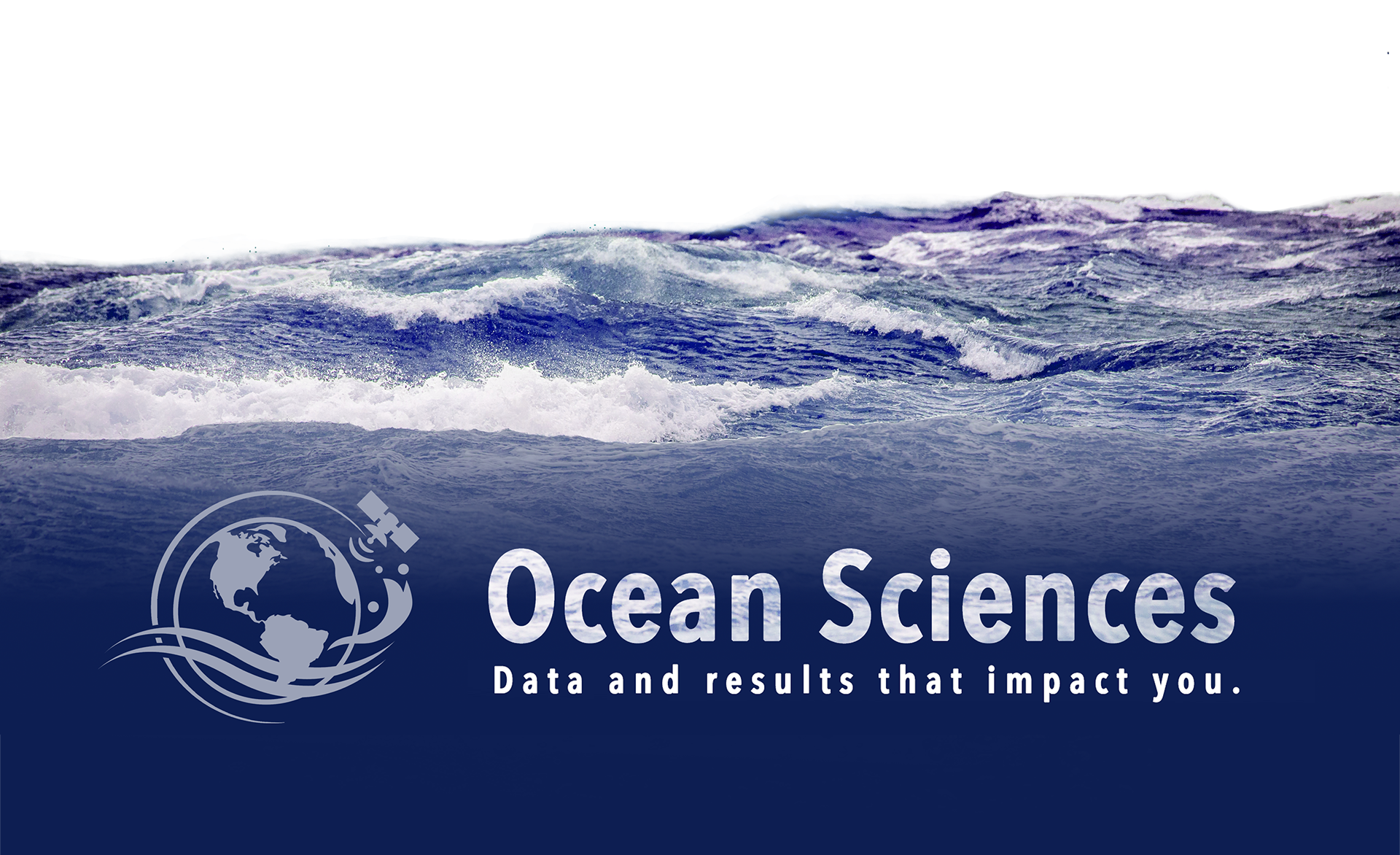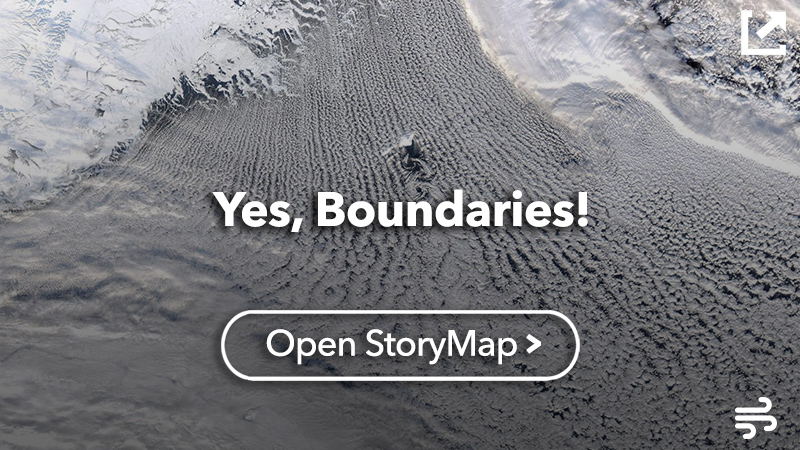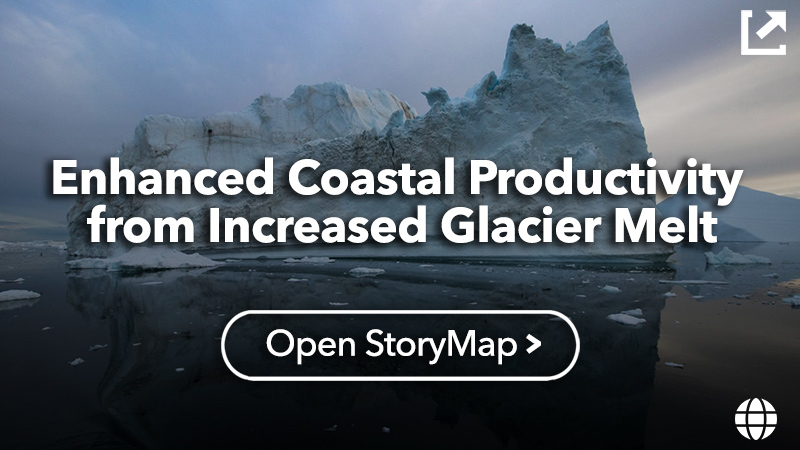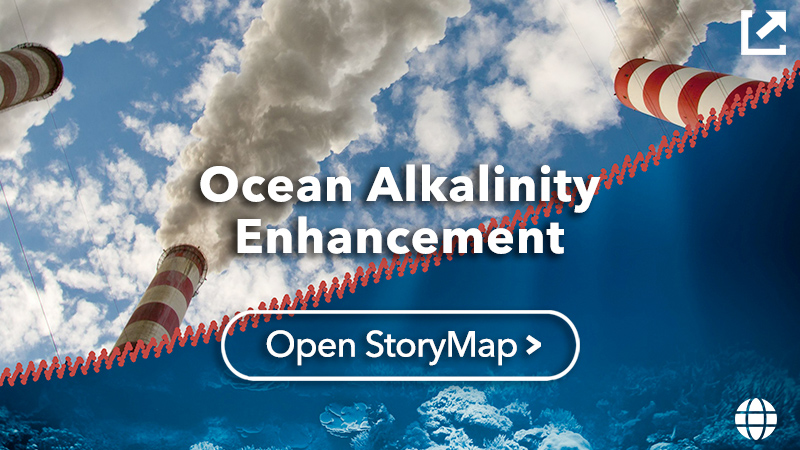
Explore Ocean Sciences
Explore Ocean Sciences
The global ocean is complex with physical, biological, chemical, and geological features that intermix
and intertwine in complicated ways.
Since the late 1970’s, NASA has made long-term
observations of our ocean through a suite of satellites and sensors. Each of these provides the
opportunity to explore the ocean through a new lens – how warm is the ocean, how salty, how windy, how
much plant growth. But the real power comes in combing these observations together to more deeply
understand ocean processes.
NASA Projects Support
Ocean Science
NASA SALINITY
Aquarius was NASA's first satellite-based instrument to detect sea surface salinity. Operating at
the same wavelength, Soil Moisture Active Passive (SMAP) was launched four years later in 2015.
They have provided a continuous record of essential information on our ocean, water cycle, and
climate.
Merging data from satellites and other instruments, NASA Salinity’s mission is
to better understand ocean circulation, the water cycle, and climate.
NASA Projects Support
Ocean Science
NASA WINDS
Observing and interpreting winds over our ocean is one of NASA's oldest traditions.
Nearly four decades and several satellite missions later, global data records of ocean vector winds are an important backbone of scientific discovery. These records are key to understanding the interactions between huge, restless systems that drive our climate: the ocean and atmosphere.
The Ocean Vector Wind Science Team (OVWST) is an international community of scientists, government agencies, and users. Members of the OVWST have produced high-quality data streams from Earth-observing satellite missions. They have analyzed and interpreted wind-driven processes. They've improved operational modeling and forecasting applications for safer seas and coasts.
NASA Projects Support
Ocean Science
ECCO
The "Estimating the Circulation and Climate of the Ocean" (ECCO) consortium makes the best possible estimates of ocean circulation and its role in climate. Their solutions combine state-of-the-art ocean circulation models with global ocean data sets.
What sets ECCO apart from other models? They reproduce observations in a physically and statistically consistent manner. Over two thousand ECCO-related publications attest to the products' value for understanding changes in the ocean – including sea level rise, sea ice loss, El Niño events, and the cycling of water and carbon
NASA Projects Support
Ocean Science
NASA PACE
NASA's Plankton, Aerosol, Cloud, ocean Ecosystem (PACE) mission launched on 08-Feb 2024, and is extending and improving NASA's over 20-year record of satellite observations of global ocean biology, aerosols (tiny particles suspended in the atmosphere), and clouds.
PACE's data is helping us better understand how the ocean and atmosphere exchange carbon dioxide. In addition, it is revealing how aerosols might fuel phytoplankton growth in the surface ocean. Novel uses of PACE data will benefit our economy and society. For example, it will help identify the extent and duration of harmful algal blooms. PACE's cutting-edge technology is pioneering how we take Earth's pulse for decades to come.




